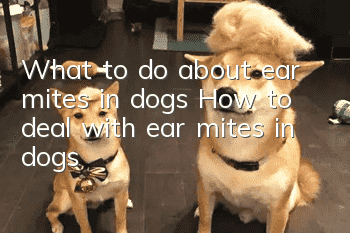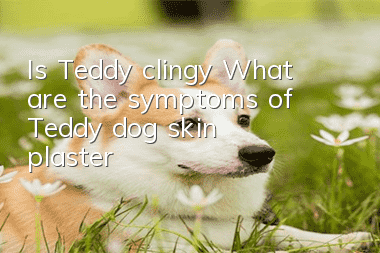What to do if your Malinois has dental calculus What to do if your Malinois has dental calculus

What is Marinua dental calculus?
Dental calculus is initially a milky white soft scale, which gradually calcifies and hardens over time, and finally appears yellow, brown, or black in color. Dental calculus usually exists on the tooth surface in the dead corners of the mouth and is an important factor in inducing periodontal disease.Causes of formation of canine calculus in Marinua
1. Hydrolysis of organic phosphorus produces phosphorus, which precipitates on the tooth surface to form dental calculus.2. The protein in saliva decomposes, and the calcium salt in the decomposed product precipitates on the tooth surface to form dental calculus.
3. The carbon dioxide concentration in saliva decreases and inorganic salts precipitate on the tooth surface.
Symptoms of Marinua canine dental calculus
Initially, there is milky white soft tartar on the dog's teeth. Over time, it gradually calcifies and hardens, and finally appears as yellow, brown or black dental calculus. Dental calculus can irritate periodontal tissue, compress gums, affect blood circulation, and easily lead to periodontal disease, bad breath and other oral diseases.How to deal with Marinua canine dental calculus
Brush your teeth
Maintain oral hygiene to avoid further deposition of dental calculus.Use a sticky tooth-specific ointment
This tooth-specific ointment can be purchased at the pet hospital. When using it, use a long and slender tool to dip the ointment into the area and apply it to the area with dental calculus.Teeth cleaning
This is when the dog's dental calculus is very serious, he will go to the pet hospital for ultrasonic teeth cleaning. However, this requires anesthesia for the dog, so it is not a very serious situation and this method is not recommended.Prevention methods for Marinua canine dental calculus
1. Brush your teeth every day to remove food residues.2. Eat more crude fiber foods containing vitamins and less sweets and highly sticky foods.
3. Conduct oral examinations on your dog regularly.
Random articles
- What fruits can corgis eat? What fruits can corgis eat without any problems?
- How to deal with Corgi hair removal Causes of Corgi hair removal
- Teddy with uncut fetal hair. What are the benefits of cutting Teddy's fetal hair?
- How many types of Corgi are there?
- Can Corgi swim? How to make Corgi become a good swimmer?
- Why do dogs like to lick their owners? What does it mean when dogs lick people?
- Homemade dog snacks tutorial, all natural, no additives, delicious and healthy
- Can parvovirus in dogs be transmitted to humans? How to treat parvovirus in dogs?
- Can Corgis eat watermelon? How much watermelon can Corgis eat?
- The dog is suddenly scared and hiding everywhere. Does it feel like it is going to die?



